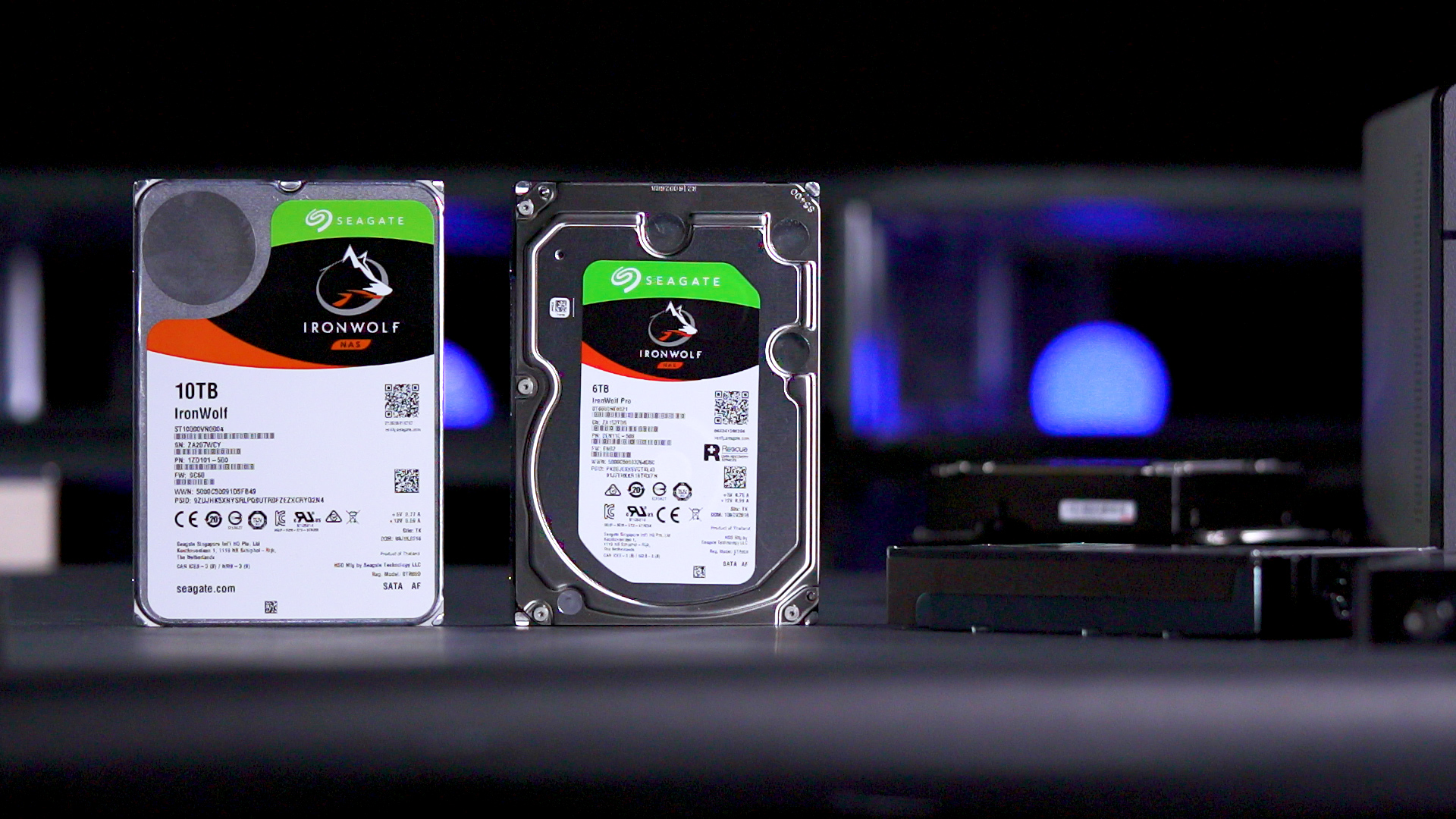If your SSD not showing up in bios or making trouble frequently while on the BIOS setup don’t worry. There are many simple hacks to fix your SSD issue during BIOS on the process in your Windows system. There must be some serious issues with your SATA driver or your BIOS setting problems. These two reasons are common and easily fixed if you follow this article. In this article, you will get to know effective yet quickest tricks for troubleshooting an internal Solid-State Driver that is not detected in the BIOS.
There are mainly four main reasons why the BIOS will not detect your SSD and those facts are mentioned below. You can try one by one for your SSD troubleshoot an issue.
- SSD not supported in the BIOS;
- Serial ATA driver’s issue;
- Defective or unplugged data cable or the hardware fault;
- Damaged SSD.
But before all these, it is highly recommended to verify your SATA port whether the auto-detect is enabled or not.
1. Hardware is not supporting in the BIOS
If you have some hardware fault, then SSD cannot be detected by the BIOS. So, check whether the hardware and corresponding ports are working correctly or not. Additionally, you can also test the SSD post by trying another port. If the hardware is alight, let’s check out the next solution.
2. SSD setting in BIOS
It usually happens sometimes when the SATA controller mode is not applied correctly, and for this reason, your SSD is not recognized by BIOS. So, you should check the configuration of the SATA controller settings in BIOS.
The guidelines are different while confusing BIOS due to brands. If you are using a Lenovo laptop, then you may follow the mentioned steps below:
- Restart your laptop, and press the F2 key after the first screen;
- To access the configuration, click the Enter key;
- Choose Serial ATA and press Enter;
- You will find a SATA Controller Mode Option;
- Select the IDE Compatibility Mode;
- Save your required changes and restart your computer to enter BIOS;
- Now BIOS can easily detect your SSD.
3. Updating your available drivers
Non-updated drivers can introduce a big issue when it comes about SSD detecting. Always keep your SSD driver and motherboard driver up-to-date so that it won’t cause SSD or motherboard non-detected by the BIOS.
You can easily update your drivers in two ways: automatically and manually.
What is the manual driver update?
You can visit the manufacturer’s website to manually upgrade the drivers.
Find and update the latest version of your pre-installed hardware system driver.
After downloading you must install it on your computer.
Make sure that you are downloading the driver according to your Windows OS. You should know your OS first and then download the driver version.
What is Automatic driver update?
As the manual driver update takes a lot of time and energy, you can take an automatic driver update. Software like Driver Easy can spontaneously recognize your system and find the correct drivers for it.
You don’t need to know your OS version in your system, and there is no risk of downloading and installing the wrong driver.
You can quickly download and install Driver Easy. Just follow some necessary steps:
- Open windows driver updates like Driver Easy and click Scan Now.
- Windows driver update will scan the issue of your drivers in computer.
- Now, click the Update button appearing next to the flagged device. It will download the correct version of their driver easily. Trial edition can also be tried.
- Then install it on your computer.
Alternatively, press Update to download and install all missing or obsolete drivers on your device automatically.
If you want to pro-version — click on the Update all.
Now restart the system to verify the results.
Enter BIOS and check if BIOS can detect your SSD.
Conclusion:
All the mentioned hacks are simple and effective when your system BIOS can’t detect your SSD. You can try any of that method according to your need. If you have broken SSD, then check the hardware setting first and then apply other hacks. Hope this article can fix your SSD not showing up in BIOS issue.
